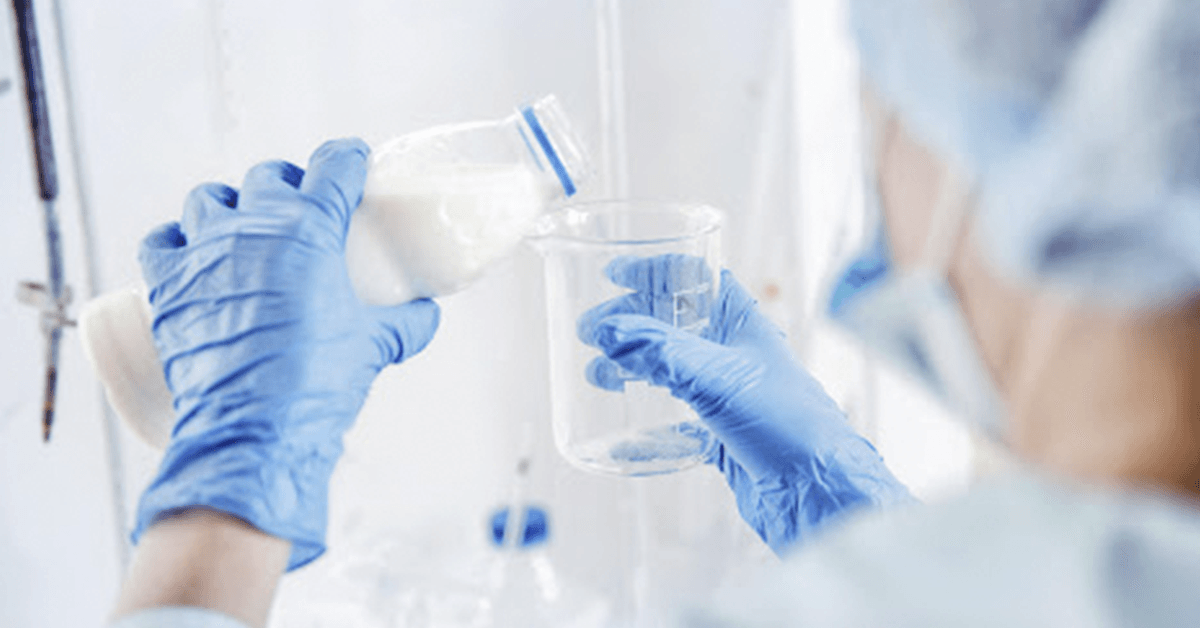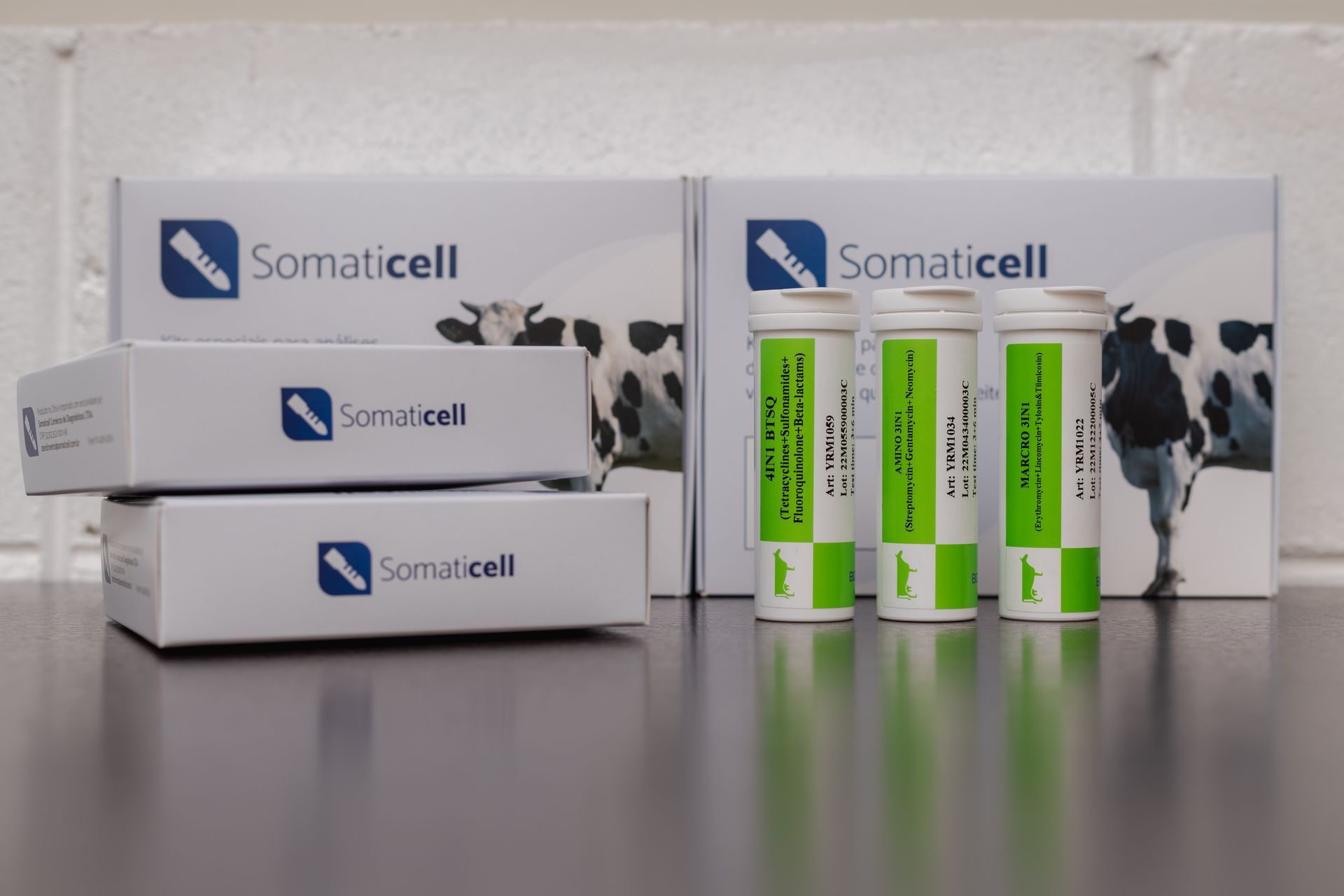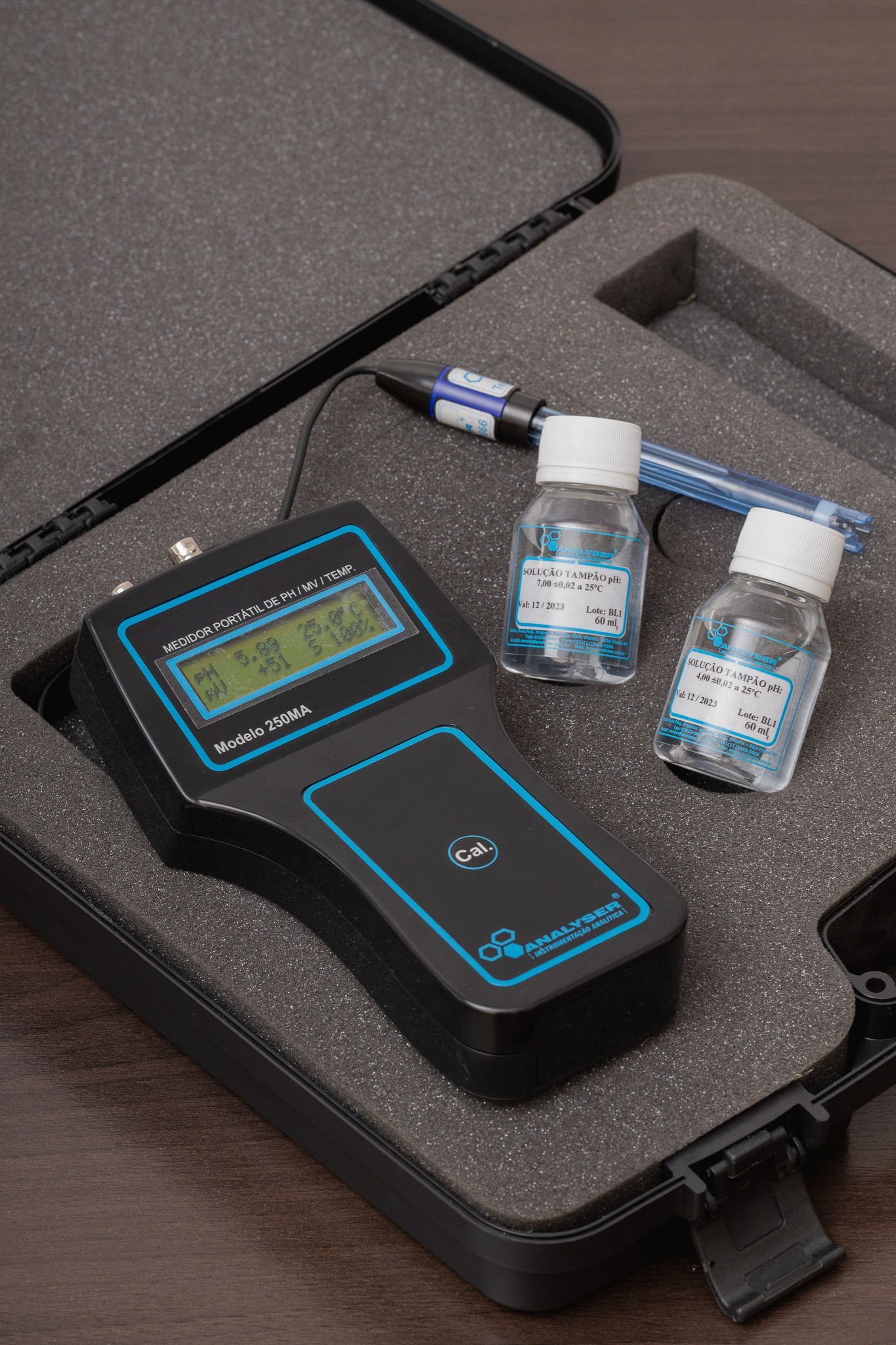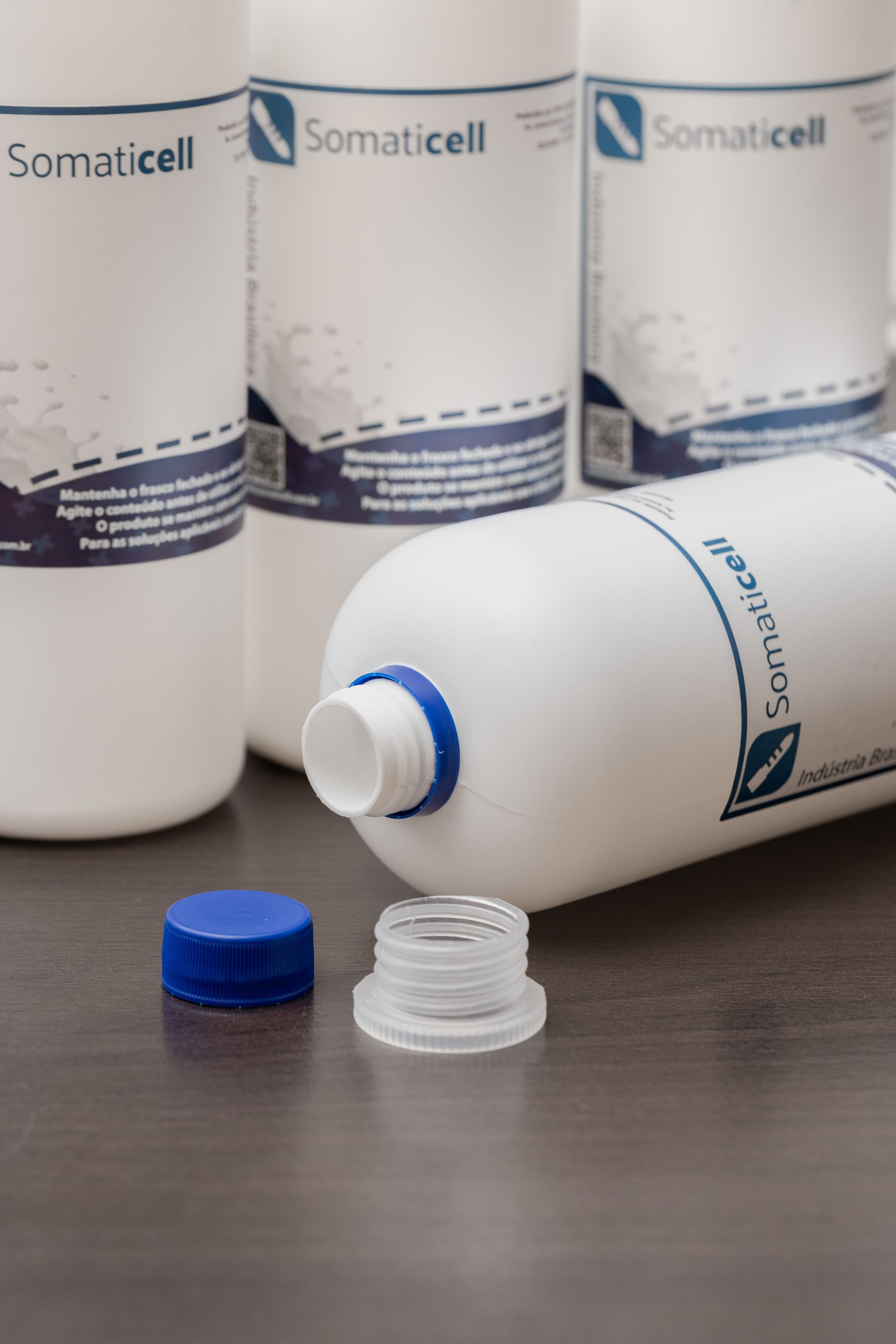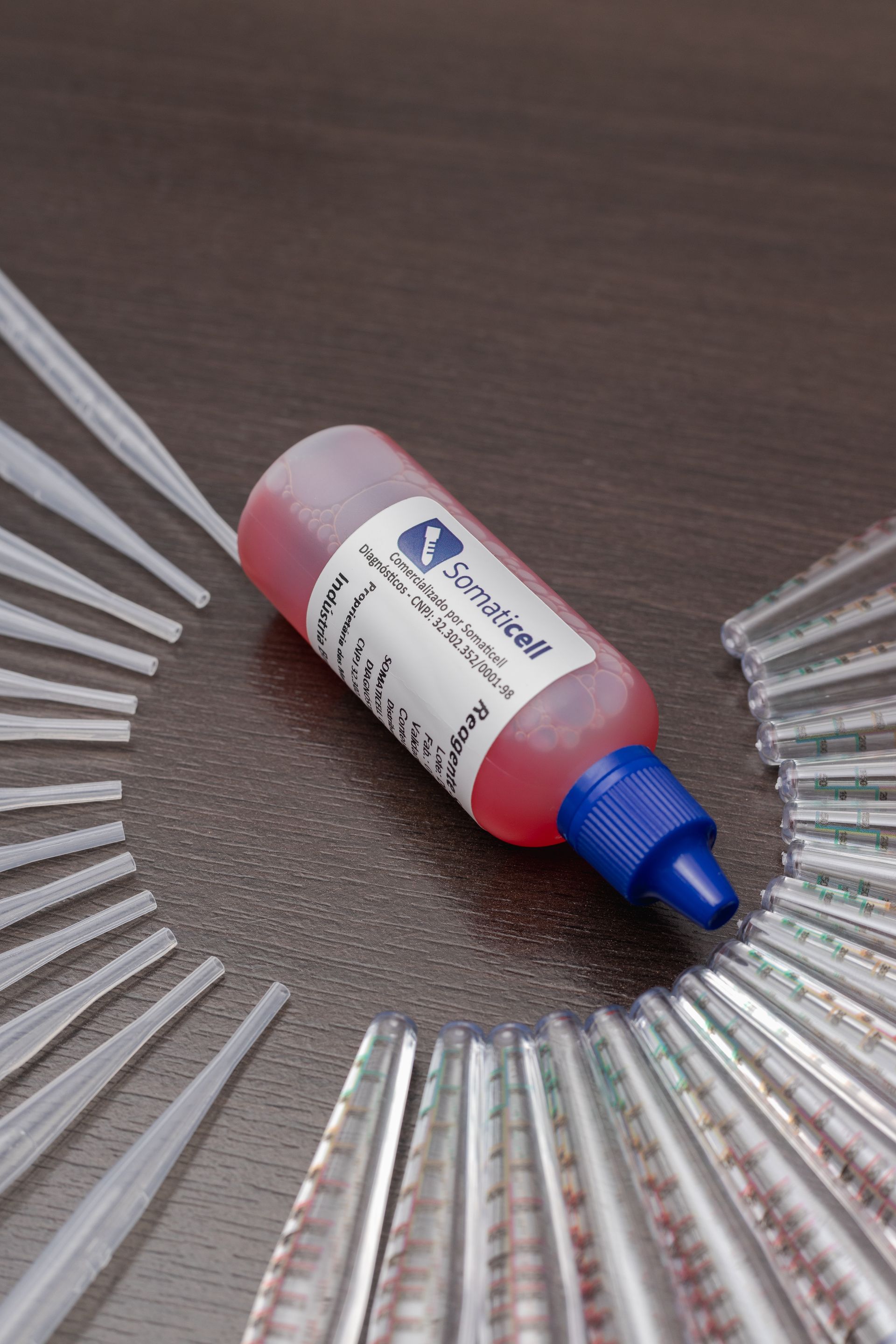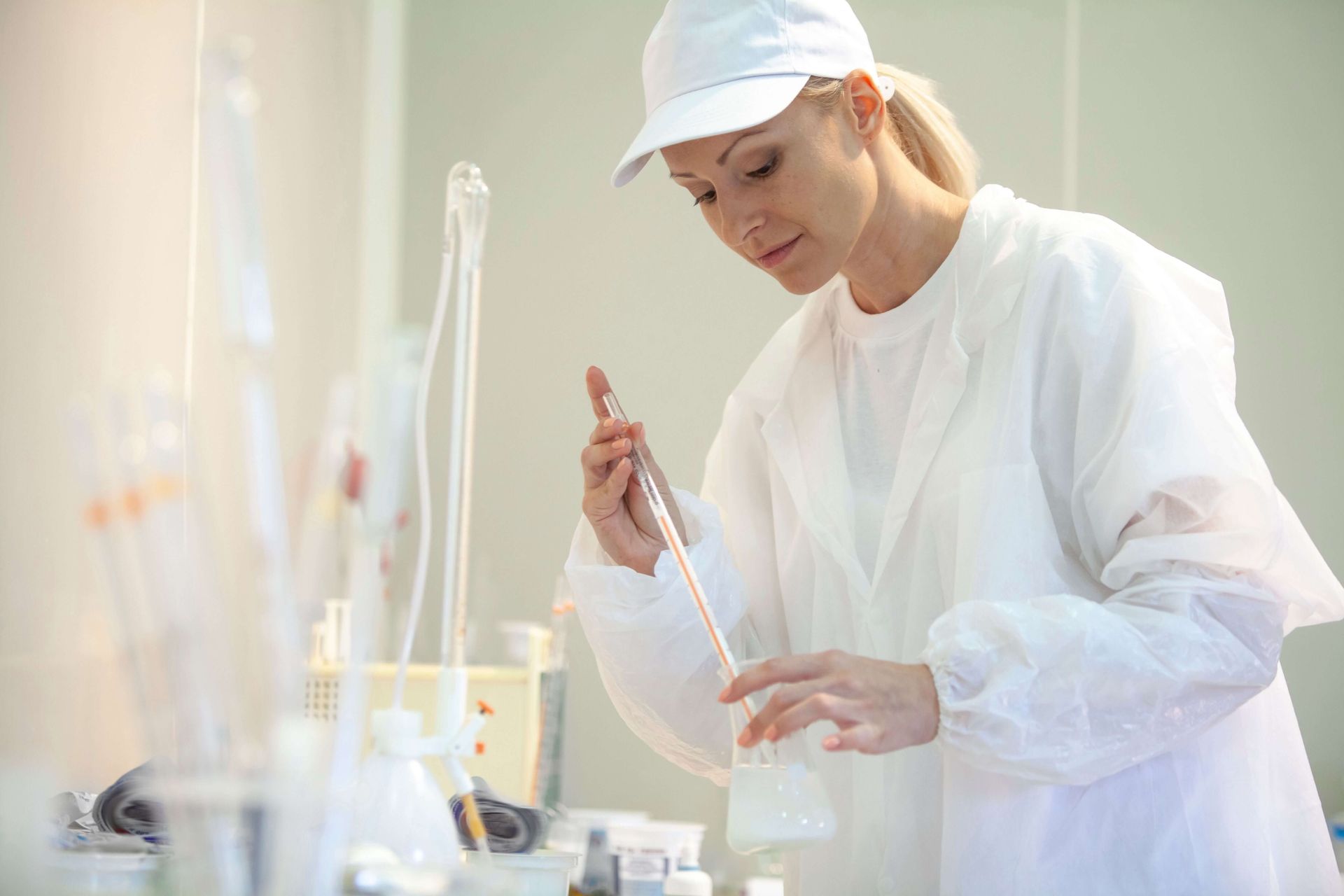The Importance of Measuring pH in Milk
No time to read? Listen to the narration of this article in Portuguese:
Understanding the importance of pH
From milk it is possible to make many products, from concentrating fresh milk to produce evaporated milk (reduction of milk moisture) or condensed milk (reduction of milk moisture with added sugar), to the production of dairy drinks, yoghurts , as well as milk cream, cream, different types of cheese (fresh, matured, processed), butter, among others.
Por este motivo é muito importante que, como matéria-prima, o leite fresco passe por testes de qualidade. Isto é: testes organolépticos (cor, odor sabor e aspecto), e testes laboratoriais como: acidez titulável, pH, teste de álcool (reação de estabilidade de proteínas, tempo de redução do azul de metileno e da resazurina (como testes microbiológicos). Entre outros testes que devem ser feitos no leite in natura como matéria-prima para a produção de derivados lácteos,ou simplesmente para comercialização em embalagens após pasteurização ou ultrapasteurização que é feita para aumentar a vida útil do leite, pela eliminação de patógenos
Measuring pH in milk specifically is important in testing for impurities, spoilage and signs of mastitis infection. While there are a number of factors that affect milk composition, pH measurements can help producers understand what might be causing certain compositional changes. pH measurements are commonly taken at various points throughout milk processing. And therefore, in this article that we have prepared, we will demonstrate the importance of carrying out these procedures.
Good reading!
The importance of pH in the quality and production of food in general
PH is a measure of the acidity or alkalinity of a solution. It is commonly measured on a scale from 0 to 14. pH 7 is considered neutral, with pH values below 7 being acidic and therefore values above 7 being alkaline or caustic. pH is the most common of all analytical measurements in industrial processing and as such, as a direct measure of acidity content, it plays an important role in the processing of dairy foods. Reasons for measuring pH in dairy food processing include:
- Produce products with well-defined and consistent properties
- To produce products efficiently at optimal cost
- In order to avoid causing health problems to consumers
- To meet regulatory requirements
Due to the logarithmic nature of the measurement, even small changes in pH are significant. The difference between pH 6 and pH 5 represents a tenfold increase in acid concentration, i.e., a change of just 0,3 represents a doubling of acid concentration. pH variations can impact taste, consistency and shelf life.
Checking the pH of the water before adding it to different food processes provides a quick yet simple way to ensure product quality. This is particularly important because the quality of water, depending on its source, varies considerably over time. Consequently, lack of proper control at an early stage can have a detrimental effect on product quality.
pH in milk and dairy products
Whether in its liquid form or in its derivatives, milk is responsible for offering nutrients in large quantities, thus benefiting those who consume it. Rich in vitamins A, B and several minerals such as calcium and phosphorus, those who consume milk and its derivatives such as cheese, butter and yogurt have benefits linked to the formation of strong bones and teeth, to the health of the nervous and muscular system, in addition to protection of the skin, eyes and aid in digestion.
However, to guarantee the quality of the milk, strict control is required at all stages of its production. Milk must be kept in safe sanitary, hygienic and nutritional conditions. That is why it is considered one of the most tested and evaluated foods, always aiming to guarantee the quality of the product. In this sense, its pH is an indicator of sanitary quality and thermal stability.
How does pH measurement in milk work?
The exact value of a sample depends on the age of the milk, any processing done to the milk, and ultimately how long it has been packaged or opened. Other compounds in milk act as buffering agents, so mixing milk with other chemicals brings its pH closer to neutral.
The pH of a glass of cow's milk ranges from 6,4 to 6,8. Fresh cow's milk normally has a pH between 6,5 and 6,7. The pH of milk changes over time. As milk turns sour, it becomes more acidic and therefore the pH drops. This occurs when bacteria in milk convert lactose, which is a sugar, into lactic acid. Colostrum, the first milk produced by a cow, has a reduction in its pH. If the cow has the medical condition of mastitis, the pH of the milk will change. Whole and evaporated milk is slightly more acidic than regular whole or skim milk.
The pH of milk depends on the species of animal that produces the milk. Milk from other bovine and non-bovine mammals varies in composition but has a similar pH. For all species, colostrum milk has a lower pH and mastitic milk has a generally higher pH.
pH at different stages of milk
Fresh milk has a pH value of 6,7. When the pH value of milk drops below pH 6.7, it usually indicates bacterial degradation. Bacteria of the Lactobacillaceae family are lactic acid bacteria (LAB) responsible for breaking down lactose in milk to form lactic acid. Eventually, when the milk reaches a sufficiently acidic pH, curdling or curdling will occur along with the distinctive smell and taste of "sour" milk.
Entender o pH do leite cru também pode ajudar os produtores a otimizar suas técnicas de processamento. Por exemplo, em operações que utilizam processamento de Ultra Alta Temperatura (UHT), mesmo pequenas variações do pH 6.7 podem afetar o tempo necessário para a pasteurização e a estabilidade do leite após o tratamento.
Finally, with yoghurt production, cooling of cultured milk can only begin once acidification has reached a pH value of 4,4 to 4,6. As for yoghurts with fruit, the pH value of the added fruit must be the same as the yoghurt itself to avoid an undesirable reaction at the end of the cycle. The finished product should ideally have a pH of 4,0 to 4,4 for longer shelf life.
How to measure the acidity of milk?
It is possible to assess the acidity of milk by measuring the pH using appropriate devices or pH indicators. Or even by titration methods. In this case, acidity is expressed in Dornic degrees (°D). Brazilian legislation considers normal milk that has a titratable acidity between 15 and 18ºD.
Normal fresh milk does not contain acids, yet it has an acidity that is detectable by the titration technique. This indicates that the chemical substance used in the titration technique combines with some substances present in fresh milk and gives it this “apparent” acidity.
The substances responsible for the “apparent” acidity are: phosphates and citrates (minerals), casein and albumin (proteins) and dissolved carbon dioxide (CO2). Milk samples with higher titratable acidity (within the normal range) may have, on average, higher protein and mineral contents than those with lower values, that is, the solids content, or total dry extract, directly influences the titratable acidity total.
“Apparent” acidity should not be confused with that caused by the growth of bacteria, called “real or true acidity”.
The acidity that causes problems for the processing industry is that which results from the action of bacteria, which multiply in milk and transform lactose (milk sugar) into lactic acid.
During the fermentation of lactose by bacteria, other substances are formed that give rise to the characteristic flavor and aroma of sour milk. For the development of this acidity, influence the hygienic care adopted during and after milking, especially the conditions of conservation and temperature.
When milk is kept at a low temperature (from 2 to 4ºC), the possibility of multiplication of bacteria capable of transforming lactose into lactic acid is lower.
Recommended ranges of milk acidity in degrees Dornic (°D)
In excellent conditions of hygiene and refrigeration, the acidity of the milk must be between 14 and 15°D. From 14 to 18°D, the range of acidity of normal milk is also considered. If there is an increase in this range of acidity, it is because problems have occurred in the management of milk production. Ideally, milk should have lower acidity levels than other products.
- UHT: 14 to 16°D;
- Pasteurized in sachets: 14 to 17°D;
- Dulce de leche: 14 to 17°D;->Yogurt: 14 to 17°D;
- Creamy cottage cheese: 14 to 18°D;
- Cheese: 14 to 18°D;
- Natural (raw): 14 to 18°D.
The acidity of the whey is equivalent to 2/3 of the acidity of the milk and therefore cannot exceed 13°D. To prepare a milk drink, the whey must be between 8 and 11°D and to make ricotta, it must remain between 8 and 13°D.
Above 13 degrees Dornic, the whey is considered acidic and therefore unsuitable for the manufacture of ricotta and dairy drink. Otherwise, the products will not show good performance or good quality.
Here are some factors that influence the acidity of milk:
Race
Some breeds, such as Jersey, produce milk with higher apparent acidity, due to the greater richness in its composition, greater dry extract.
Lactation period
Colostrum has high acidity, reaching 31ºD and, in some cases, up to 44ºD. After four to six days of lactation, acidity normalizes, remaining constant until the end of lactation, although there may be individual variation between animals.
Mastitis
A composição do leite do úbere mastítico altera-se, com tendência ao aumento dos componentes provenientes do sangue. O conteúdo de sódio no sangue é maior do que o de potássio. O pH do sangue é de 7,3 a 7,5 e assim, o teor de cálcio é menor do que o do leite. O leite de vacas com Mastitis possui maior teor de sódio e menores teores de cálcio, fósforo e potássio; o pH tende a ficar alcalino e, portanto, com menor acidez titulável.
pH in milk and Mastitis
The pH of freshly milked milk from a cow can range from 6,4 to 6,8. Milk with pH values greater than pH 6.7 will potentially indicate that the milk may have come from cows infected with mastitis.
In severe cases of mastitis (inflammation of the mammary glands), the pH can reach 7,5, in addition, in the presence of colostrum (corresponds to mammary secretions from the first to the tenth day after childbirth and has characteristics different from milk) it can drop to 1}. Mastitis is an ever-present challenge in dairy cows.
When infected, the cow's immune system releases histamine as well as other compounds in response to the infection. There is a resulting increase in the permeability of the endothelial as well as epithelial cell layers, allowing blood components to pass through a paracellular pathway.
Since blood plasma is slightly alkaline, the resulting pH of the milk will be higher than normal. Typically dairy farmers can perform a somatic cell count to detect a mastitis infection, but a pH measurement offers a quick way to screen for the infection.
In this article, you discovered the reasons why measuring the pH of milk is essential. Through this practice, it is possible to assess precisely whether changes have occurred from milking to the use of milk by the consumer. In the case of values outside the normal ranges, the causes may originate from a lack of hygiene in the milking process, as well as failures in the refrigeration of milk or prolonged storage of the product, or the presence of mastitis.
O controle da qualidade do leite e de alimentos em geral deve ser feito à risca. Ou seja, devendo-se fazer um esforço com integração e conjunto em cada etapa da produção, e para essa tarefa, nós da Somaticell, podemos te ajudar!
Com nossas soluções de controle estratégico da CCS (contagem de células somáticas), sua cadeia produtiva de leite nunca mais será a mesma.
Para saber mais informações sobre nossos serviços, entre em
Contact com a gente e assim, fale com um de nossos especialistas!

Conheça nosso App

Our Educational Videos
Somaticell on Social Networks


